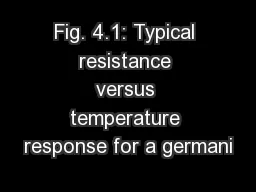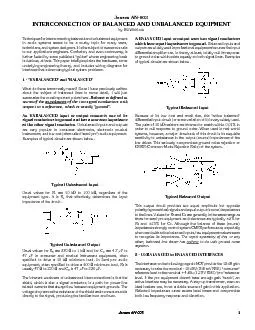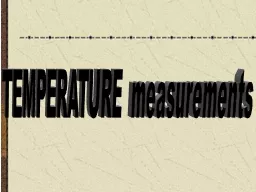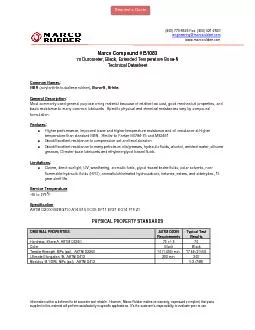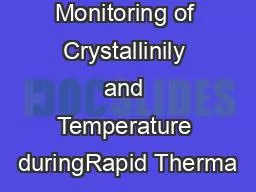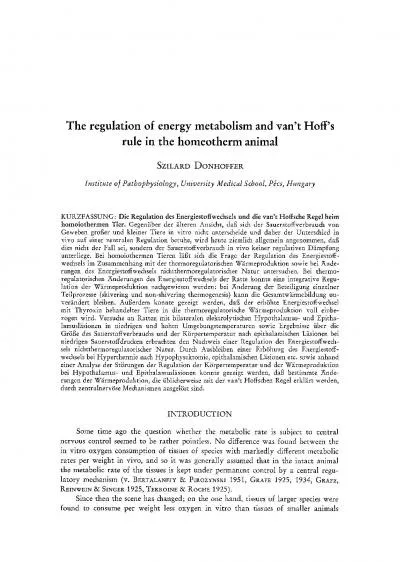PDF-Fig. 4.1: Typical resistance versus temperature response for a germani
Author : tatiana-dople | Published Date : 2016-04-19
43 Fig 42 Typical resistance versus temperature response for a ntype germanium arsenicdoped b ptype germanium after Blakemore 1972 45 43 Electrical Characteristics
Presentation Embed Code
Download Presentation
Download Presentation The PPT/PDF document "Fig. 4.1: Typical resistance versus temp..." is the property of its rightful owner. Permission is granted to download and print the materials on this website for personal, non-commercial use only, and to display it on your personal computer provided you do not modify the materials and that you retain all copyright notices contained in the materials. By downloading content from our website, you accept the terms of this agreement.
Fig. 4.1: Typical resistance versus temperature response for a germani: Transcript
Download Rules Of Document
"Fig. 4.1: Typical resistance versus temperature response for a germani"The content belongs to its owner. You may download and print it for personal use, without modification, and keep all copyright notices. By downloading, you agree to these terms.
Related Documents

